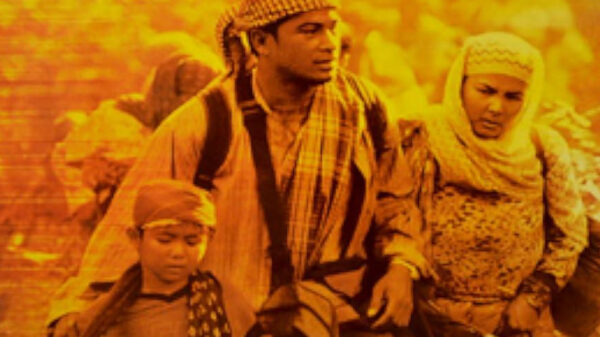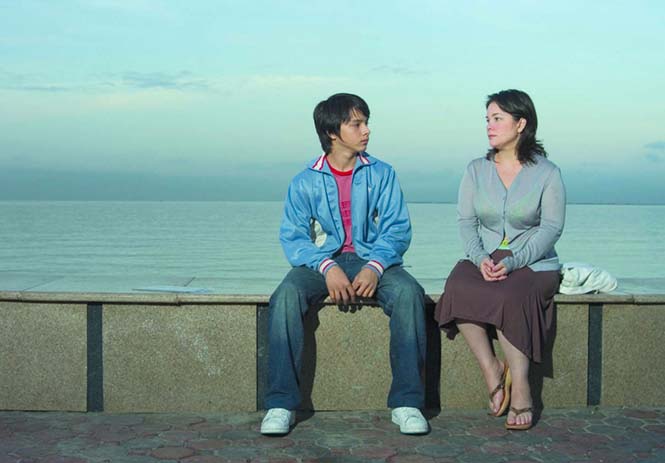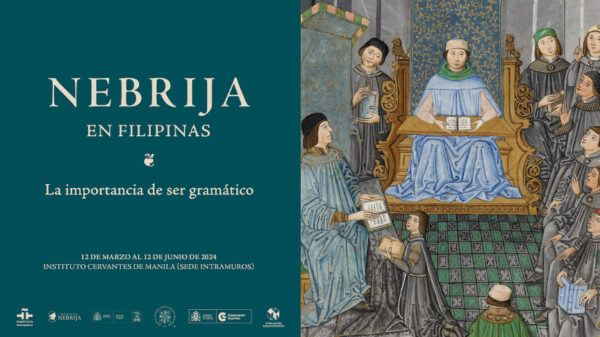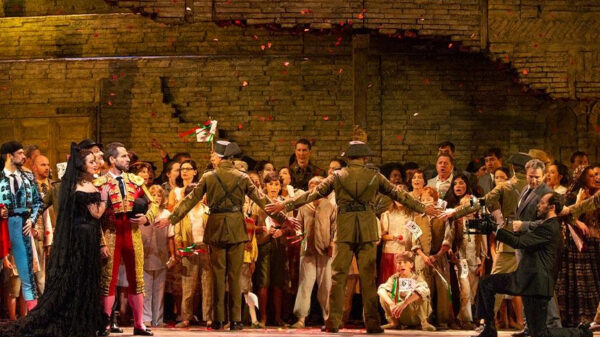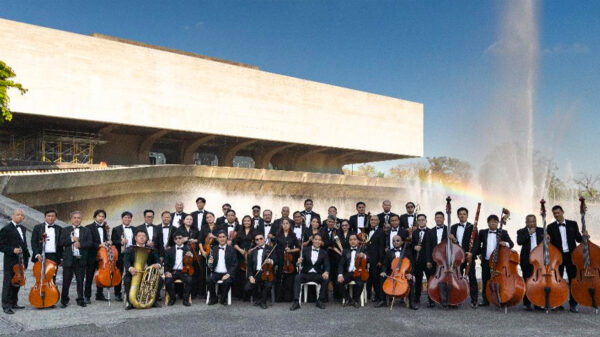This is part of FRINGE MAGAZINE’s coverage of Cinemalaya 2018. Themed “Wings of Vision”, the 14th iteration of the annual indie film fest is said to continue to “discover, encourage and support the cinematic works of upcoming and veteran Filipino filmmakers who boldly articulate and freely interpret the Philippine experience with fresh insight and artistic integrity.” So here’s a closer look at whether the films do exactly that.
When he introduced Musmos na Sumibol sa Gubat ng Digma (Unless the Water is Safer than the Land) at Cinemalaya 2018, director Iar Lionel Arondaing said that – via this flick – he hopes and prays for peace for our Moro brothers/sisters. While admirable, this messaging reminded me of why we belittle beauty queens who work for “world peace”. The idea is good; but if you want to carry the weight of the world on your shoulders, then – no doubt – no amount of your effort will ever suffice.
This is at least MY frame of mind when the movie started…
THE STORY
“Musmos” is – in a gist, and in the words of the producers – a coming-of-age tale about a 12-year-old Muslim girl named Eshal from Marawi City. Her story is encapsulated by rido – that culturally observed inter-familial dispute.
THE GOOD
- To start, that more Moro voices are getting amplified in the film industry (outside of the stereotypical depictions) is commendable. I, myself, was born in Cotabato City, grew in Kidapawan City, and then went to study in Cotabato City again; and as a Mindanawon, I am very familiar with invisibility in mainstream discourses. That this one attempts to at least get some space under the spotlight is a good move.
- The cinematography. As soon as you see that first shot, you’d understand this point…
- Sound editing’s good. When properly used, chants/prayers/et cetera can – truly – make films work; generally speaking, they do here.
- Cultural respect is apparent (i.e. related to #1 above).
THE NOT SO GOOD
- Let’s start with the cinematography, since this was already mentioned above. This may need to be scrutinized.
The director has a penchant for long/wide shots – i.e. position-wise, he likes his shots wide; and length/duration-wise, he stays “there” for a long time. At many times, they work – such as that intro – since they allow you to get a sense of the context (and in this case, the beauty of Palawan, the chosen location).
But overuse isn’t always good, since the flick then tends to hold you at bay/to distance you. Even though beautiful to look at, it just felt impersonal…
The longer the scenes are “held” also give us glimpses of “miscalculations” in the filmmaking – e.g. those people really didn’t know how to burn that nipa hut, right? - I’m still trying to figure out where – in Mindanao – we can see as many bakawan (mangroves). Palawan is beautiful; this flick even made it look dream-like. But with the film “sold” as “a Marawi story”, I had to look for “excuses” for the film being set in Palawan (e.g. “it’s just a dream, it’s just a dream…”).
- Then there are the dialogues – i.e. you know how Filipino films are criticized because the characters tend to speak like “not real people”? Like, instead of saying, “Name mo?” they say “Ano ang iyong pangalan?”. This flick has that, so that the lines delivered tend to be stilted/fake/unreal.
Check this:
Question asked by a character: “Saan tayo pupunta?”
Answer by another character: “Hindi saan; sino.”
Shouldn’t it be: Kanino?
There are also “sermons” – e.g. why rido has to stop (thus the “world peace” analogy). - Bugs in the storytelling – e.g. the umbilical cord just disappeared after birth, the bosom of the dead is heaving, the tan line of that lady in the water, and direct glimpse/s into the cam.
- Pacing is slow. Too slow for some, I’d say.
Seated right in front of me were the director’s friends (he waved at them while he was onstage to introduce his flick, and they kept shouting his name). But midway through the film, many of them were already either just texting or even snoozing.
IN THE END
Coming of age films aren’t rare – e.g. the fantastical Ang Lee’s Life of Pi (2012) and J.A. Bayona’s A Monster Calls (2016), and the reality-grounded Auraeus Solito’s Ang Pagdadalaga ni Maximo Oliveros (2005). This attempts to be that (particularly the former two, in much, much, much smaller scale, therefore sans the grand effects).
Here’s the thing, though:
A character in the movie asked another how the story being told really went. The other one said that he has to learn “patience”. One’s patience is supposed to be “rewarded”. Now if you think you have that patience to be lulled while watching picturesque views, I say go for it.
Running time: 105 mins
CAST:
Junyka Sigrid Santarin, JM Salvado, Star Orjaliza, Jun Salvado Jr., Romerico Jangad, Darril Ampongan, Haide Movero
PRODUCTION:
Director & Screenplay Iar Lionel Benjamin Arondaing • Executive Producers Minda Ponce-Rodriguez, Vian Serranila & Arlene Sy • Producer Icy Mariñas • Production Manager Lucky Jay De Guzman • Assistant Director Sue Aspiras • Music Patricia Lasaten • Sound Design Wildsound • Editors Regina Aceron & Cj Villa • Director of Photography Mark Joseph Cosico • Script Continuity Diana Rose Seńora • Production Design Aped Santos, PDGP • Line Producer Jed Medrano











